More than Moonshine
Feb 28, 2013 02:33AM ● By Style
Photo by Dante Fontana, © Style Media Group.
Is there a cooler job title in the world than master of whiskey?
Fighter pilot, maybe. Bikini inspector, for sure…if it were real.
Well, meet Steve Beal, a real-life master of whiskey, a title that sounds like it should come with its own castle. To become one, it helps to train for years at ancient distilleries, spend thousands of hours learning the nuances of whiskey making (and tasting) and then be able to...distill...all that knowledge down so even a simple frump like me can understand.
I’m no master of whiskey. I’m not even an intern. Heck, before this, I just looked at it as something to be mixed with Coke. But after meeting Beal recently in San Francisco at the headquarters of Diageo – one of the largest distributors of whiskeys and spirits in the world – I’m now a certified fan of aqua vitae…the water of life. Nearly as much as I am of Top Gun. And bikinis.
First Things First
The process of whiskey making is both simple and complex, both chemistry and art. But the first thing everyone wants to know is, what are the differences? In the most basic terms, here you go:
Whiskey is a catchall term and is defined as any spirit distilled from fermented grain.

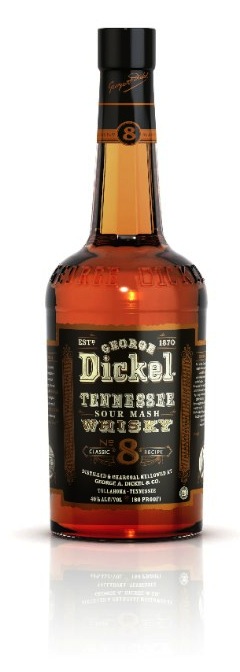
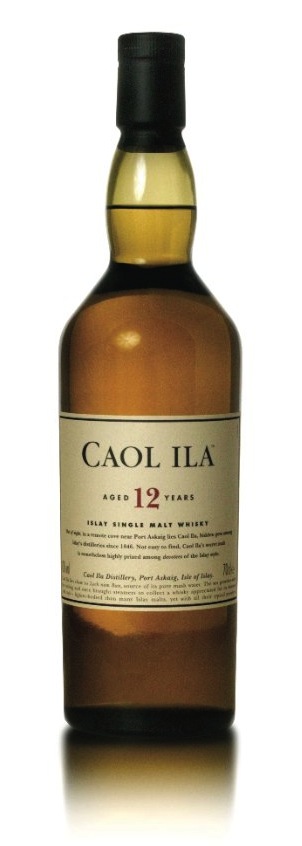
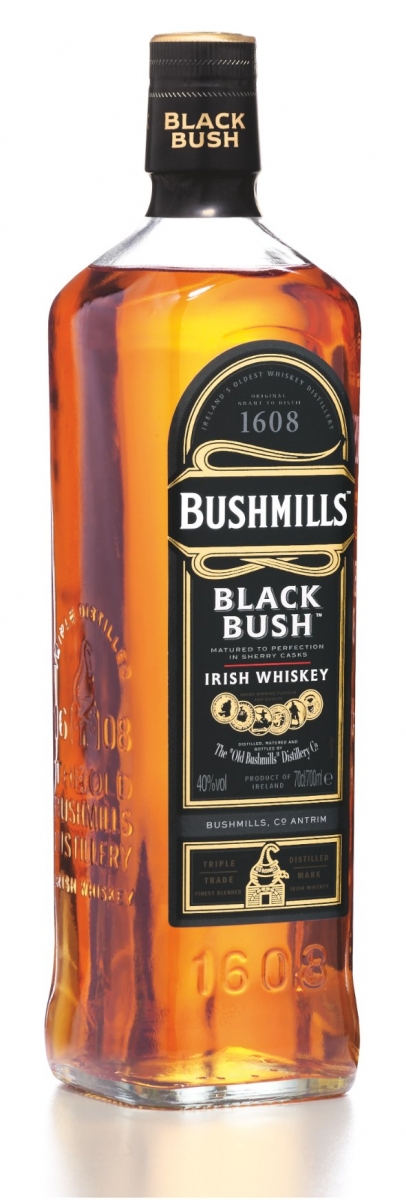
Scotch is whisky from Scotland. And yes, they leave out the “e,” probably for the same reason they play bagpipes and wear kilts – to make Americans vaguely uneasy around anyone who’s name starts with “Mac.” Scotch must contain barley, and be aged at least three years. Single malt Scotch is made solely from barley, distilled twice at a single distillery, and tends to be stronger in flavor. Blended Scotches are made of select malt whiskeys and those made with other grains. The result is a more consistent, smoother taste.
Bourbon is American whiskey and most likely originated in Bourbon County, Kentucky. (Which is now dry. Go figure.) The grain must be at least 51 percent American corn, and to be called “straight Bourbon” it must be aged at least two years and can’t include any artificially added flavors or colors.
Tennessee whiskey is straight whiskey that’s similar to Bourbon, made in Tennessee and mellowed through sugar maple charcoal.
Canadian whiskey and American rye are usually made with rye, but usually not too much rye.
Irish whiskeys are...ta-da...from Ireland, and distilled three times for lighter flavor.
What’s In A Grain?
“All whiskey begins with cereal grain,” Beal says. What kind of grain depends on where the distillery is and that’s because in previous centuries, local agriculture determined whiskey’s basic ingredient. Scotch is made with barley because it grows well in Scotland’s cool damp climate. In the hot American south, it’s corn. And rye is hardy enough for Canada’s harsh climate. Tradition makes that still true today.
It’s The Water
Before distillation, grains are harvested and turned into “mash” by soaking them in water for several days. The water’s purity is a huge factor, Beal says. “You can’t really have any iron content in the water.” So you find that whiskey is made in areas where there is limestone or basalt, which filters iron out. Places like...anyone? Yep. Scotland, Northern Ireland, parts of Canada, and parts of the American south.
Let’s Talk
After distillation – a process I’m skipping because it’s a whole other article by itself – the young whiskey is stored in oak barrels, or casks. You know how whiskey looks? That beautiful amber that hints at a late summer sunset? That’s the oak. The wood removes impurities and at the same time imbues not only color but subtle flavoring by, as Beal puts it, “having a conversation” with the wood. While it’s, um, chatting, flavors and characteristics develop, morph or disappear, and the alcohol’s sharp edges are sanded down. How fast that happens varies by region: the warmer the climate, the shorter the talk. However, regardless of environmental conditions, longer conversations – in barrels, as in life – are usually more fulfilling. Beal says, “Time gives smoothness and finish. Young whiskeys are brash and ‘hot.’ The longer you keep it in a barrel, the nicer, softer and smoother it gets.”
Just A Taste
But a whiskey’s ultimate flavor comes from more than just the barrel. While your Scotch may have picked up a subtle hint of Sherry because it’s cask at one time held Sherry, it could also have a suggestion of salt, because it was made near the sea, or it might be smoky because its grains were dried over a smoky peat fire. Your Bourbon might have oak notes because its barrel was new, but if it was made with top-grade corn, it might have a whiff of popcorn. Rye helps give Canadian whiskey a distinct sort of dry, spicy sweetness. Beal says even the stills themselves impart certain characteristics, like a well-used grill can lend its own flavor to the food it cooks. And like wine, there are a myriad of other flavors to be detected depending on the beverage, palate and imagination: pepper, almonds, floral, fruity, earthy, etc.
In fact, truly appreciating whiskey on its own merits and not just how well it mixes with a Coke (although that’s perfectly fine too) is something that can be as involved as appreciating wine. Region, history, climate, soil, those who make it, and the process by which it’s made all add substance to your sip. But really, it comes down to this: Do you like what you’re sipping? The answer is so simple you don’t need a master of whiskey to help you understand: “If you like it,” Beal says, “It’s good. If you don’t? It’s not.”
HOW TO ENJOY A GLASS
OK, so you’re ready to trade a shot for a sip. Here’s what to do, if you want to do it right.
- Order something. Blended? Beal recommends Johnnie Walker Black Label, the world’s most popular blended whiskey. Bourbon? Beal suggests the small-batch, rye-leaning Bulleit. Tennessee whiskey? Beal calls George Dickel “Tennessee’s other whiskey” and loves the smoothness. Irish? He recommends Bushmills Black Bush, a “rich and fruity” single malt aged in Sherry casks. (Me? If you don’t mind something kinda bold, I recommend 12-year-old Caol Ila single malt. The deep smoky flavor reminds me of standing next to a beach fire on an overcast day. I loved it!)
- Get a glass. Any glass will do but if we’re doing it right, try to get a “snifter” – a short, balloon-shaped glass – to help concentrate your drink’s aroma.
- Admire the color. A lot of craftsmanship has gone into this moment. Appreciate the golden hue and look on the sides of the glass for “legs,” streaks that signify the drink’s thickness; thicker whiskey will generally be older.
- Take a sniff. Just like wine tasting, a good sniff prepares your senses for the next step.
-
Take a sip. If it’s your first, a quick, short sip will wake up your mouth. The next sip is bigger. Don’t swallow right away. Swish it around a bit – but gently. It’s not mouthwash. What flavors and aromas do you notice? How long should you keep it in your mouth? Beal says a good rule of thumb is one second for every year it’s been aged.
After you swallow, immediately draw in a breath through your mouth and exhale out of your nose. That sip you just had will pleasantly rise and fill your entire head like an aromatic tide.
Repeat
Always indulge responsibly!
COCKTAIL CORNER
Wet your whistle with these crafty concoctions – starring whiskey of course!
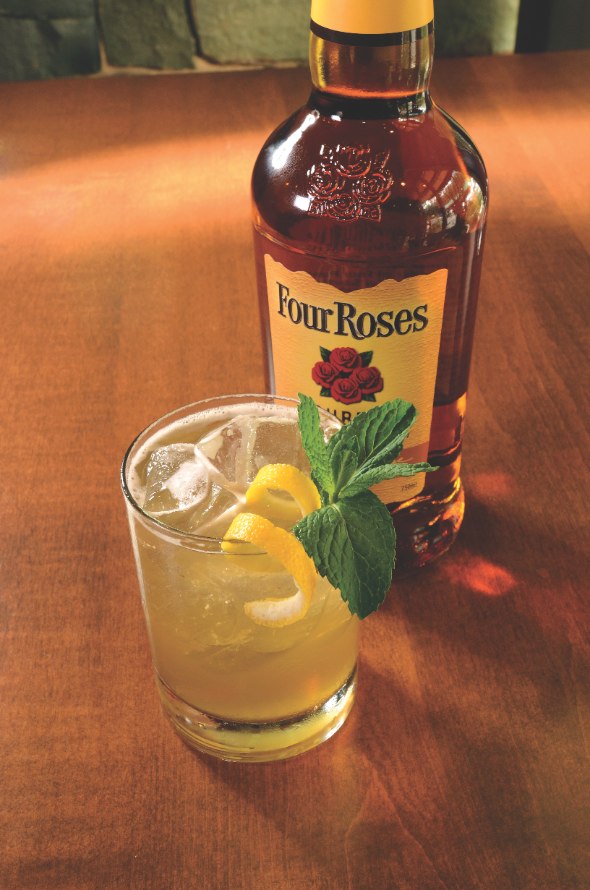
Photo by Dante Fontana, © Style Media Group.
Bourbon Ginger Smash
Submitted by The Independent Restaurant & Bar in Placerville
- 1.25 oz. Four Roses Bourbon
- 1.25 oz. orange-infused cognac
- 2 sprigs fresh mint, muddled
- Juice of 1/2 fresh lemon
- House-made ginger syrup
Shake, double strain over ice; garnish with a sprig of mint and a lemon twist.
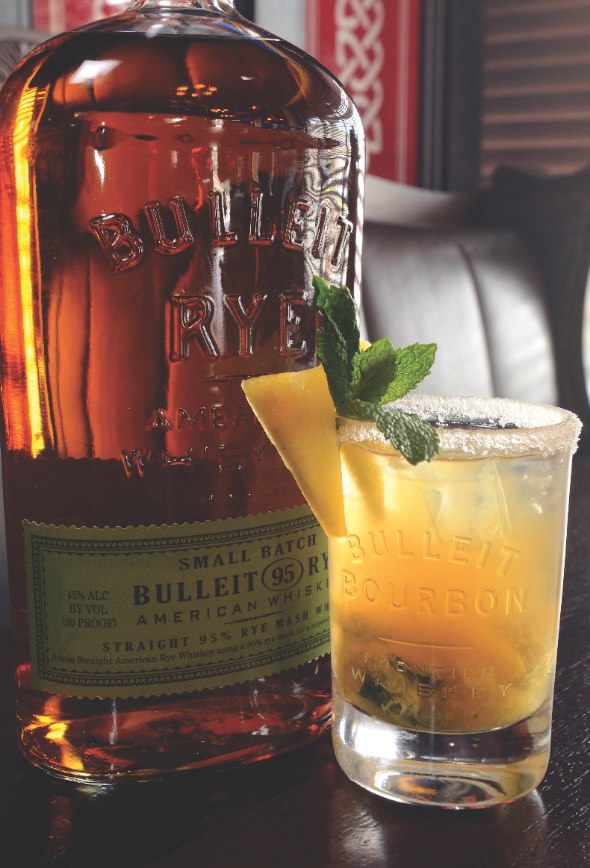
Photo by Dante Fontana, © Style Media Group.
36 Bulleit
Submitted by 36 Handles in El Dorado Hills
- 1.5 oz. Bulleit Whiskey or Bulleit Rye
- Fresh pineapple wedge
- Fresh lime wedge
- One sugar cube
- Dash of bitters
- 1 tsp. of perfect purée ginger
- Splash of soda
Muddle all fruit, bitters and sugar cube. Then add ice. Pour in the Bulleit Whiskey (or Bulleit Rye) and soda. Serve in a sugar-rimmed special Bulleit glass and garnish with a mint leaf.
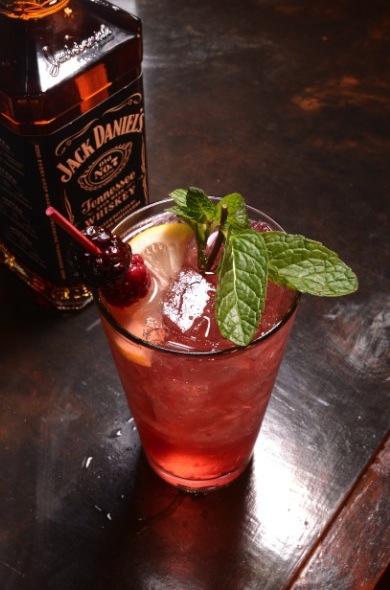
Photo by Dante Fontana, © Style Media Group.
Jack Berry Splash
Submitted by Beermann’s in Lincoln
- 1.5 oz. Jack Daniels
- 1 oz. peach schnapps
- .5 oz. triple sec
- Splash of Sprite
- Blackberries
- Fresh mint
Shake into muddled juicy blackberries and fresh mint. Top with a splash of Sprite and garnish with a fresh lemon.
ROCKS OR NOT?
Beal says while ice is really a matter of preference, there are some guidelines. First, regular old refrigerator ice is not great because it can be chippy and that melts more quickly, which can lead to too much dilution. Plus, the chlorination could alter the taste. Ideally, you should use one ice cube of bottled water, about two inches by two inches. While it will still melt, it's size causes it to melt slowly enough that any dilution will be slight and could actually enhance the flavor. In fact, Beal suggests if you don't use ice (and generally he only does if it's warm out), splash a few drops of bottled water into your drink. Not very much, he says; just enough to “open the whiskey's flavor.”

